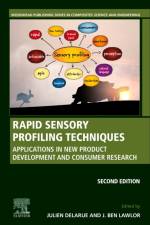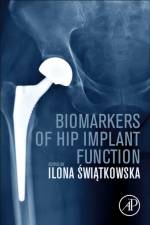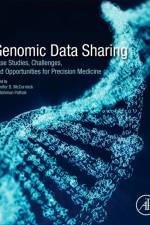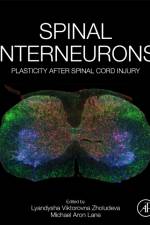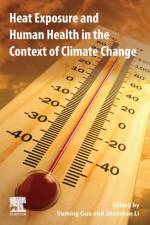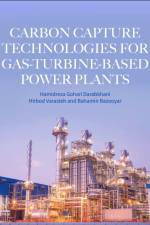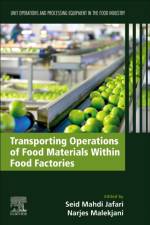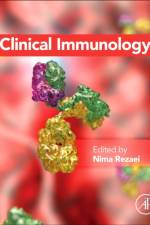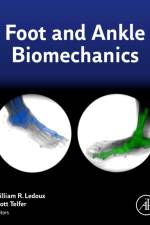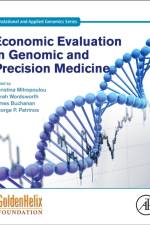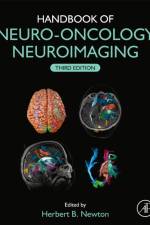av Ivan B. (Professor of Electrical and Computer Engineering and Optical Sciences Djordjevic
1 521
Quantum Communication, Quantum Networks, and Quantum Sensing represents a self-contained introduction to quantum communication, quantum error-correction, quantum networks, and quantum sensing. It starts with basic concepts from classical detection theory, information theory, and channel coding fundamentals before continuing with basic principles of quantum mechanics including state vectors, operators, density operators, measurements, and dynamics of a quantum system. It continues with fundamental principles of quantum information processing, basic quantum gates, no-cloning and theorem on indistinguishability of arbitrary quantum states. The book then focuses on quantum information theory, quantum detection and Gaussian quantum information theories, and quantum key distribution (QKD). The book then covers quantum error correction codes (QECCs) before introducing quantum networks. The book concludes with quantum sensing and quantum radars, quantum machine learning and fault-tolerant quantum error correction concepts. Integrates quantum information processing fundamentals, quantum communication, quantum error correction, quantum networks, QKD, quantum sensing, and quantum machine learning Provides in-depth exposition on the design of quantum error correction circuits, quantum communications systems, quantum networks, and quantum sensing systems Shows how to design the information processing circuits, stabilizer codes, CSS codes, entanglement-assisted quantum error correction codes Describes quantum machine learning








